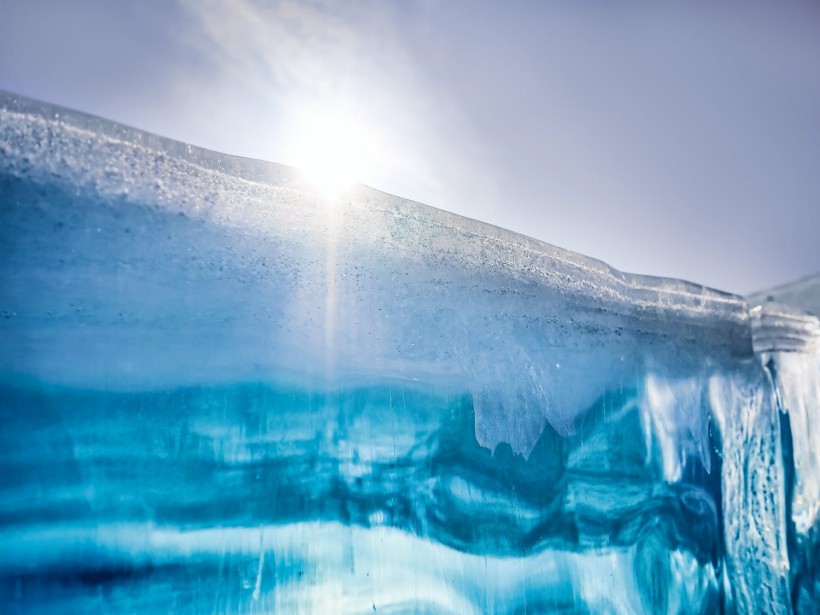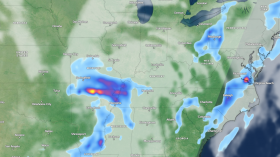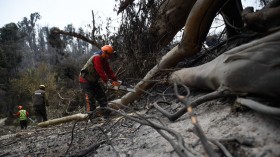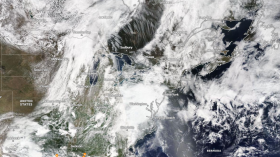Technology continues to revolutionize every aspect of modern life. In the field of photography, the emergence of drones has dramatically altered the field of aerial photography. Drones enable us to record landscapes in bird's-eye view: fascinating and breathtaking views of vast vistas, distant horizons, and inaccessible risky terrains. They create spectacularly amazing artworks. What is more, drones can also be operated very easily.
Meanwhile, among the most picturesque and beautiful places on the planet is the Himalayan mountain range. It is roughly 2,400 km of landscapes and waterscapes that is also home to a rich biodiversity of flora and fauna.
The Himalayan region has the third-largest snow and ice deposit on Earth. It has roughly 15,000 glaciers of various sizes, with a lot of them still undiscovered.
Many people have advocated the use of drones to understand the melt and dynamics of glaciers better. Drones can very quickly collect footage from vast geographical areas, as well as collect footage that contains a higher spatial resolution compared to satellite imagery. Besides, drones are also able to access dangerous areas more easily. They are also specially designed to map and track natural hazards and risks.
One photographer, in particular, took advantage of drone technology to discover a hidden glacier deep within the Himalayas. David Kaszlikowski is a Polish photographer who has made his mark and made a name for himself in his field. He has been the recipient of quite a few awards in the past for the work he has done. Primarily, he specializes in mountain photography, and he is skilled in aerial and underwater photography and in piloting multi-copters.
In shooting his documentary K2 Touching the Sky and searching for the best location to use, Kaszlikowski made use of a DJI Phantom Drone to investigate a particular area in the K2 mountain. K2 is known as the second-highest mountain on Earth. After setting it up, he flew his equipment above the mountain.
Near the area of Concordia below K2, at the convergence point of glaciers Godwin-Austen and Baltoro, Kaszlikowski saw the third glacier. It was a strange one surrounded by water 65 feet in width.
Kaszlikowski considered the newly discovered glacier as special, allowing him to make an elegant graphic frame with the glacier's melting and disappearing forms that change daily. He knew that he had the unique opportunity to photograph; it is quite unlike any other because no one will be able to see it in the same way during the next season.
Accompanied by a guide, Kaszlikowski trekked to the area in the night to capture the glacier's beauty. He used a Canon 5 D Mark III mounted on a tripod set on 30-second exposure with an open shutter. He also used LED light to create a glow effect and provide illumination.
The resulting images were surreal, a unique piece of photographic art. One particular section of the glacier was shot with its dramatic structure with a lovely miniature river.
Kaszlikowski explained how the beautiful peaks were over-represented in his shots so that he tried making something more unusual.
He advised photographers, urging them to retain their style as well as listen to intuition. He noted how the current access to digital and other advanced tools makes it very easy to achieve great results; however, they still need to follow one constant, their vision.
© 2024 NatureWorldNews.com All rights reserved. Do not reproduce without permission.





![Wildfire Activity in Wet African Tropical Forests Exacerbated by Deforestation, Climate Change [Study]](https://1471793142.rsc.cdn77.org/data/thumbs/full/70409/280/157/50/40/wildfire-activity-in-wet-african-tropical-forests-exacerbated-by-deforestation-climate-change-study.jpg)
